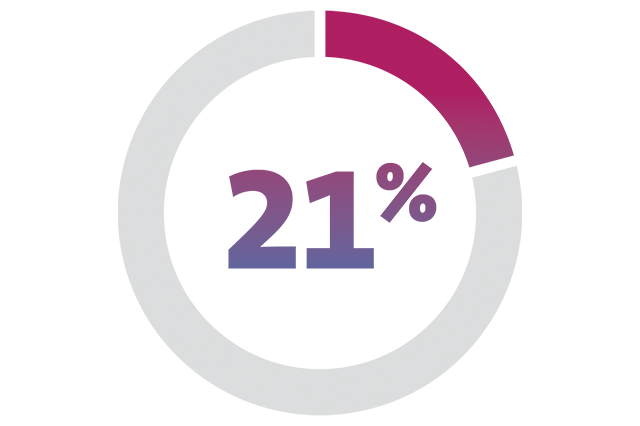The scale of Australia's infrastructure boom is unprecedented: never before has the country sought to deliver so many complex infrastructure projects in such a short space of time. However, we believe developers and contractors won't be able to deliver many of these projects either on time or within existing budgets.
Governments have earmarked A$288 billion for the sector over the next 10 years, yet this may prove to be significantly less than what is required, and unless urgent changes are made, many of the expected benefits of these large projects could be lost.
Why is this? Part of the issue is the number of transport projects being delivered: more than 90% of the projects in Infrastructure Australia's priority list are transport related. And, geographically, 56% of projects are concentrated in central and suburban New South Wales and Victoria1. This is contributing to two major issues: an acute skills shortage that’s reaching crisis point, and escalating material costs that are putting unsustainable pressure on company performance.
As we explore here, governments must take urgent action and explore a number of critical short- and medium-term initiatives to improve the situation and secure our economic prosperity.
Benefits vanishing beneath the pressure
Contractors and developers are suffering from an acute skills shortage. The country simply doesn’t have the skills it needs to deliver on its infrastructure ambitions. At present, the industry employs some 410,000 people2, but the number of open vacancies indicates that another 19,3003 are needed – enough to fill 18 of Melbourne’s new High Capacity Metro Trains4.
In parallel with the skills shortage, the escalating cost of raw materials isn’t just cutting into construction companies’ profits, but is also having a major impact on the viability of projects. If measures are not taken to tackle these two issues, the forecast return on any long-term infrastructure investment will need to be revised significantly downward.
Industry fears its ability to deliver
Infrastructure leaders in Australia are clearly worried. According to our research, the industry has genuine concerns about the feasibility of delivering the project pipeline over the next few years.
As a direct result, the benefits of Australia’s infrastructure investment will become progressively harder to attain.

are more concerned with the risks facing the sector than they were five years ago.

say their top concern is being unable to deliver the immediate project pipeline.

believe that the viability of the industry as a whole is at risk.
Mapping a new way forward
Given the project volatility in the market, the industry needs greater stewardship and leadership. The government needs to consider several actions in the short and medium-term to make a substantial improvement.
Short term:
- More bespoke risk allocations – increase risk sharing with industry to respond to project complexity
- Less adversarial contract management – to stimulate healthy competition between firms and sub-contractors
- More social infrastructure - rebalance the pipeline, for example more schools and hospitals
Medium term:
- Invite new entrants into the labour market - better scheduling on a local level, so labour can move from one project to another; funding review for vocational education and training
- Spread projects across major cities and regions - to reduce the risk of unsustainable project concentration
- Invest in complementary projects - to create attractive places and space for communities
Becoming more alert to the crisis:
The government must now take urgent and coordinated action – throwing its weight behind a range of short and medium-term strategies – if it is truly serious about achieving its vision for the future of Australia’s infrastructure.
Footnotes
- Allens calculation based on Infrastructure Partnerships Australia data, 2019
- NCVER 2019, Australian vocational education and training statistics: Data slicer: Apprentices and trainees, December 2018, NCVER, Adelaide
- Australian Bureau of Statistics, Feb 2019
- https://transport.vic.gov.au/our-transport-future/our-projects/high-capacity-metro-train




